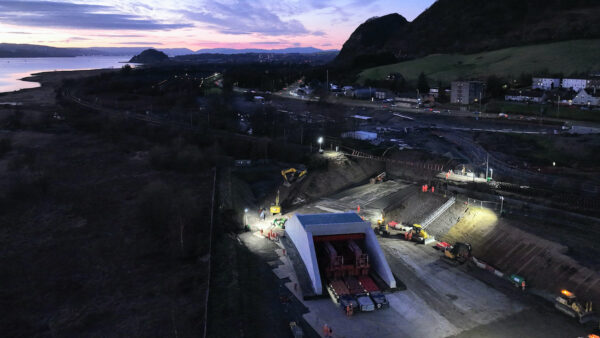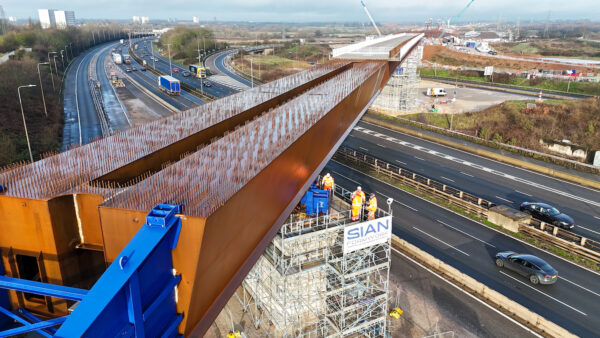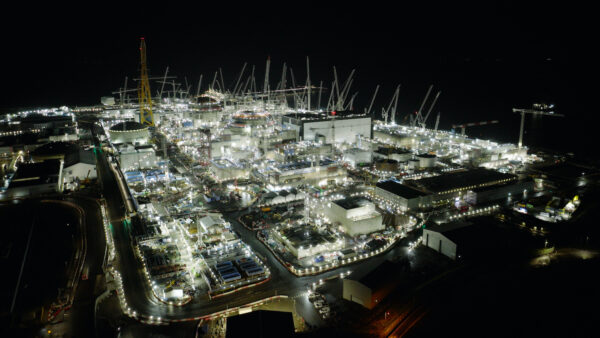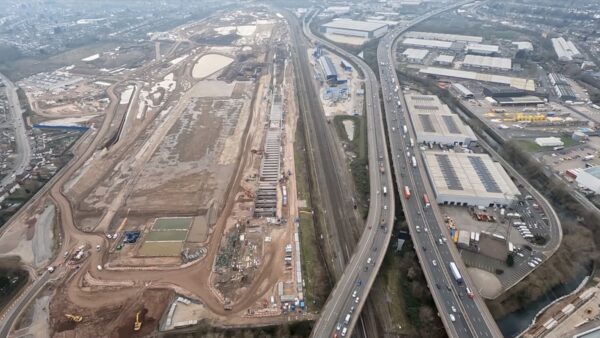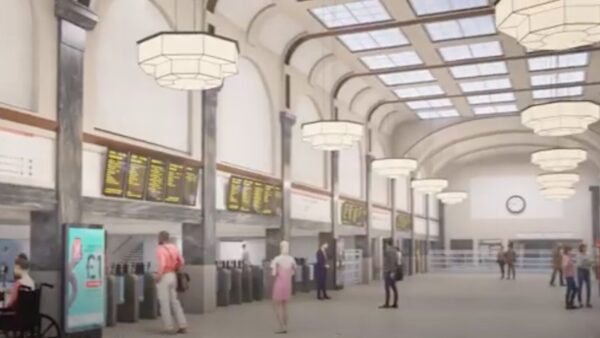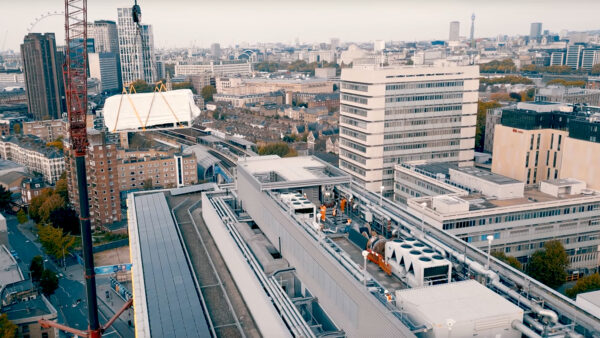It’s 50 years this week since the completion of Birmingham’s Gravelly Hill Interchange, better known as Spaghetti Junction.
Construction of the junction began in 1968 and took four years, completing in 1972.
It cost £10.8m, which was more than its original £8m budget.
Spaghetti Junction was designed to carry more than 75,000 vehicles a day and last 120 years, although it now carries many times that number.
The junction allowed the M6 motorway to intersect with existing junctions on the A38 Lichfield Road and the Aston Ring Road, as well as a junction at Ray Hall.
Spaghetti Junction features multiple traffic lanes on five levels. Construction involved 13,000 tonnes of steel reinforcement, with 134,000 cu m of concrete. There are 559 concrete columns, the tallest of which is 24m.
The transport minister at the time, Richard Marsh, approved development of the interchange in 1968. Principal engineer on the project was Sir Owen Williams. Contractor Monk was also involved in its construction.
The Gravelly Hill Interchange finally opened to traffic on 24 May 1972, 50 years ago today.



